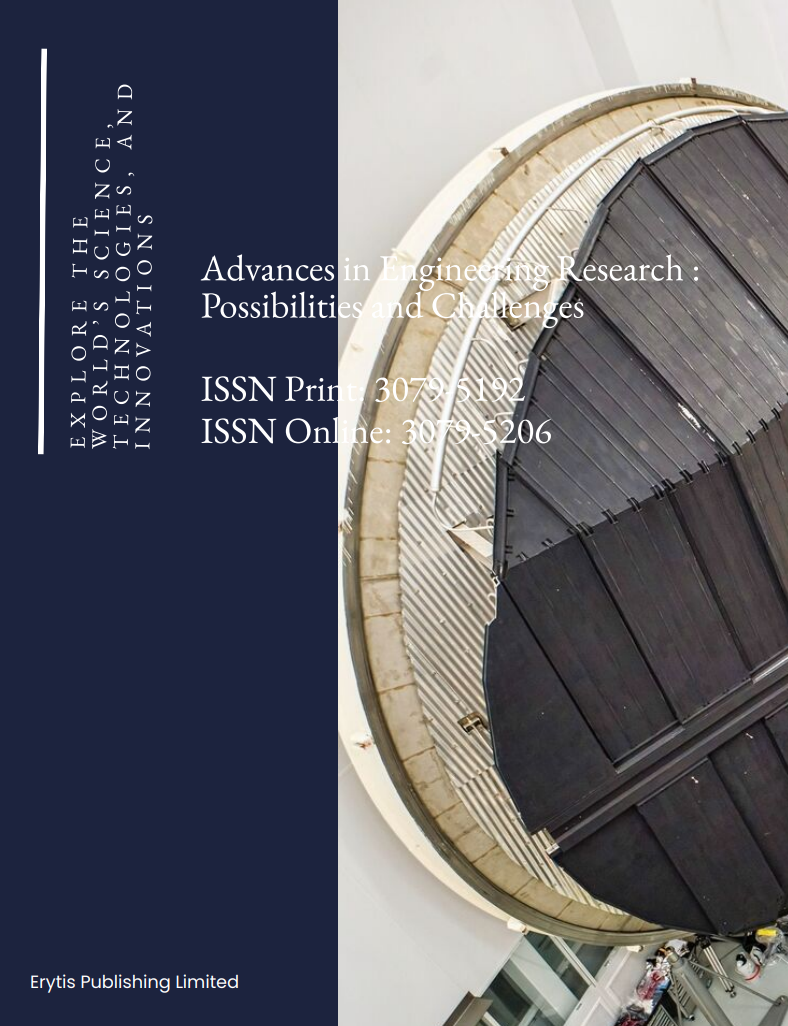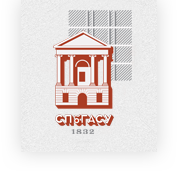Exploration of digital technology for landscape architecture workflow based on AIGC
DOI:
https://doi.org/10.63313/AERpc.9026Keywords:
landscape architecture, AIGC, generative artificial intelligence, machine learning, thinking modelAbstract
In the digital age, AI technology has become a focal point in the field of land-scape architecture, with research primarily focusing on machine learning and neural networks. This study, grounded in the development of generative models and digital landscape technology, employs design thinking to explore the image generation pathways of generative AI models in landscape architecture. The findings indicate that the workflow proposed by general-purpose AI algorithms has certain limitations. By leveraging landscape architecture expertise for data augmentation and model fine-tuning, the speed and efficiency of AI-assisted landscape architecture image generation systems can be significantly enhanced.
References
[1] Zhou Huaiyu, Liu Hailong. Artificial Intelligence Aided Design: Landscape Plan Recognition and Rendering Based on Deep Learning [J]. China Landscape Architecture, 2021,37(01):56-61.
[2] Zhao Jing, Chen Ran, Hao Huichao, etc. Application Progress and Prospect of Machine Learning Technology in Landscape Architecture [J]. Journal of Beijing Forestry University, 2021,43(11):137-156.
[3] Xu Yunbo. Exploration of Small and Medium Scale Landscape Architecture Spatial Layout Scheme Generation Based on Stable Diffusion Models [J]. Architecture & Culture, 2024, (09): 268-271.
[4] Cui Yongmei, Cao Yetian. Research and Practice of Teaching Living Space Design Course Under Double Diamond Model Thinking[J]. Design, 2023, 36(13):91-93.
Downloads
Published
Issue
Section
License
Copyright (c) 2025 by author(s) and Erytis Publishing Limited.

This work is licensed under a Creative Commons Attribution 4.0 International License.















